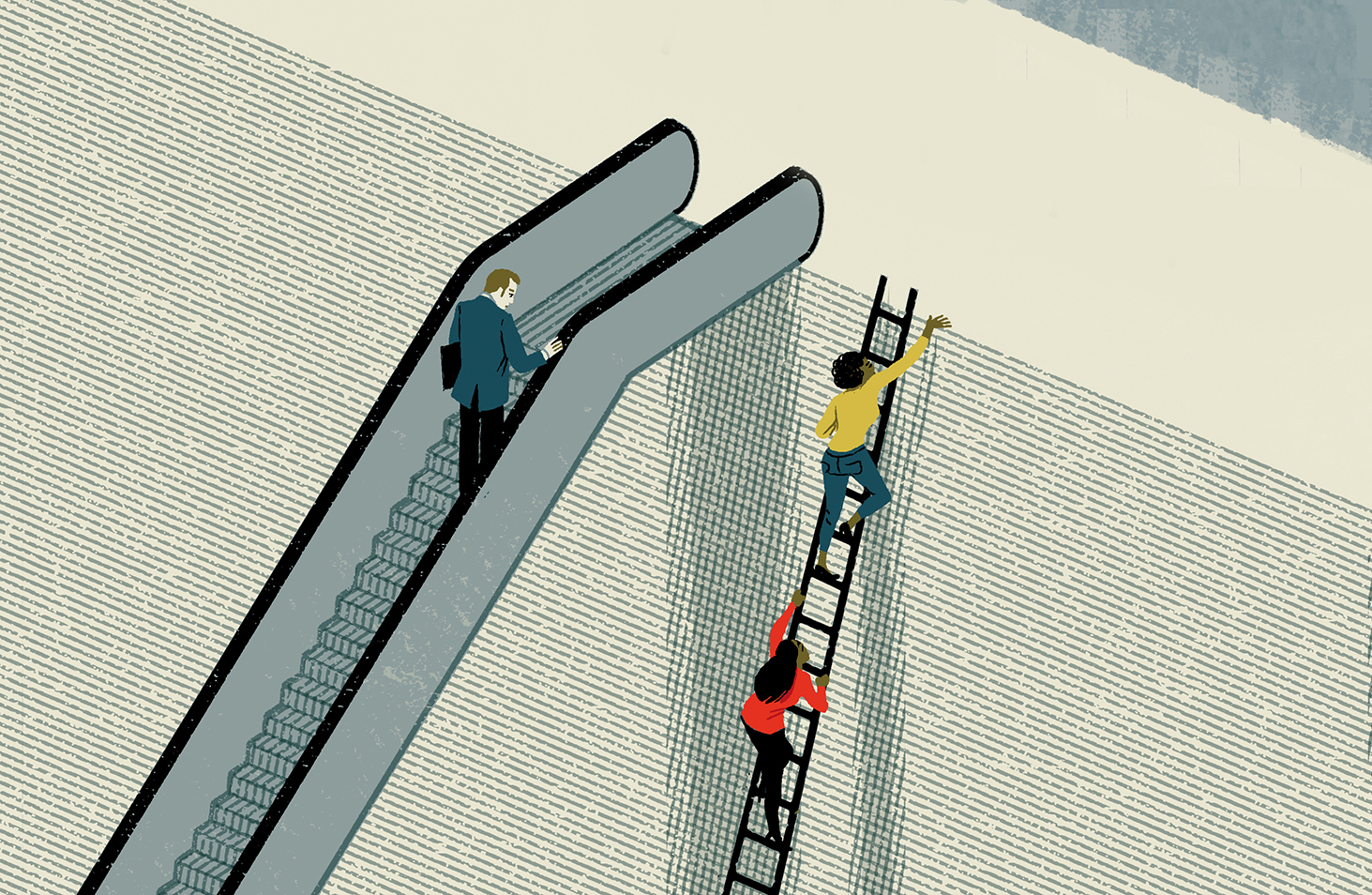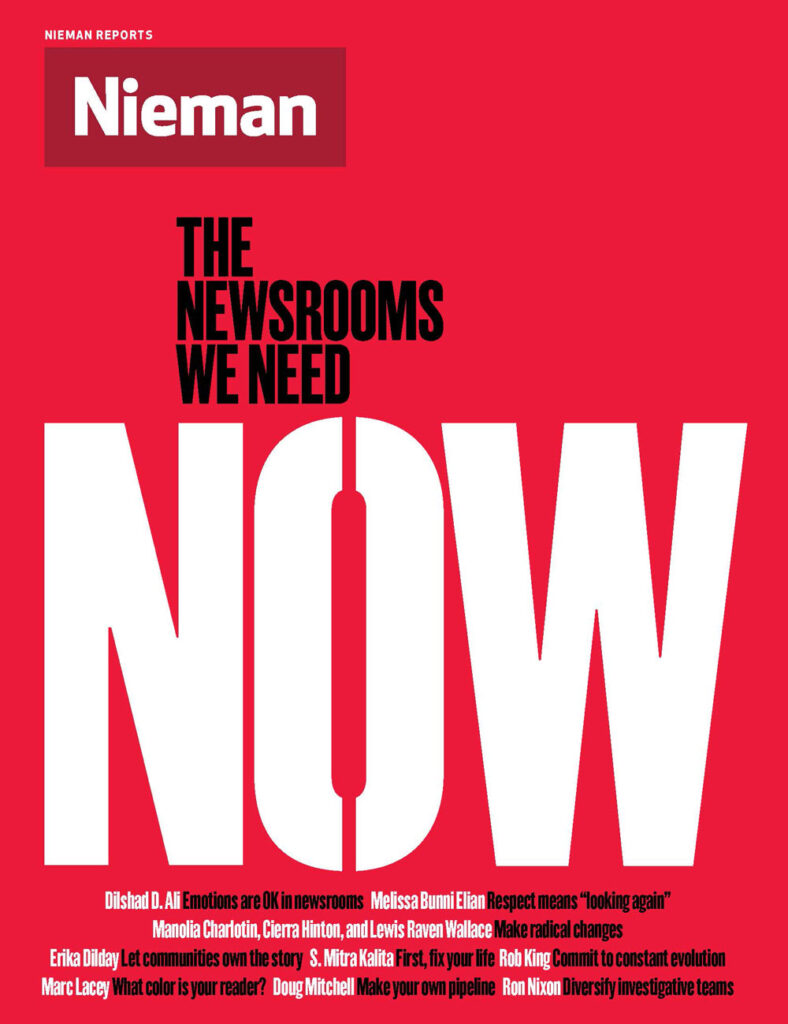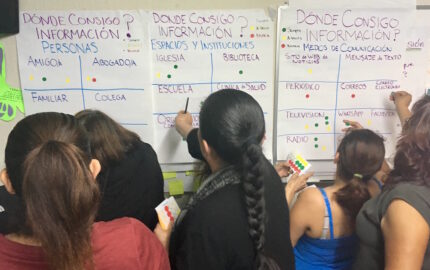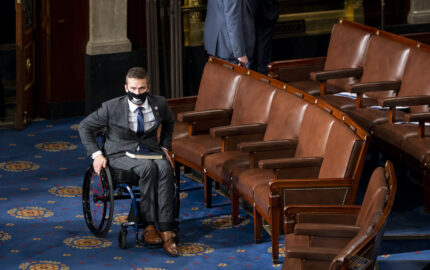As an uprising against racism and discrimination swept across the nation’s newsrooms in recent months, one of the issues raised at many of the organizations in upheaval was pay equity.
At The Philadelphia Inquirer, where executive editor Stan Wischnowski resigned in June after the paper published an offensive headline and dozens of journalists of color called in “sick and tired” in protest of long-standing inequities, the paper hired an outside firm to conduct a pay study, one of five actions journalists of color asked management to take to build a more equitable newsroom.
BuzzFeed also hired a firm to conduct an independent pay study after pressure from employees, including in the news division, that persisted after the company standardized pay in 2016, doubling the salaries of some underpaid staffers.
At the Los Angeles Times, where anger in the newsroom has also spilled into public, Black and Latino journalists demanded the paper correct pay disparities for Black, Latino, and other journalists of color, among other changes, and the paper is settling a proposed class-action lawsuit by six journalists claiming pay discrimination.
And at The Washington Post, more than 500 staff members signed a letter asking the paper, among other requests, to create a fund for correcting pay disparities. The Post disputes the findings of a union pay study spearheaded by a Pulitzer-winning data journalist at the paper.
Pay equity is just one aspect of the larger reckoning now underway. But it is a key part of the conversation on diversity and inclusion, and it’s an issue that journalists have been raising increasingly in recent years. Over the past four years, dozens of unions at news organizations across the country have conducted pay studies, proving what many had long suspected: Women and people of color often earn less than their white male colleagues.
Pay equity is a key part of the conversation on diversity and inclusion
Now more journalists are pushing their institutions to address these disparities. That momentum was threatened when the coronavirus pandemic dealt a devastating blow to the industry this spring. In the wake of pay cuts, layoffs, and closures, many feared news organizations would turn to a familiar tactic: sidestepping pay equity demands by claiming financial strains prevent them from addressing the issue. But the revolt shows that many journalists are no longer willing to accept that.
“Now is the time for major systemic changes at the paper,” says Michaelle Bond, a real estate reporter at the Inquirer. “If we can’t make bold changes now, it seems like we never will.”
Many of the efforts to eliminate pay disparities associated with gender and/or race are a work in progress, but already a number of lessons and potentially discriminatory practices have been identified. Companies should address the issue transparently and systemically, with steps like hiring outside parties to conduct a pay analysis to determine the extent of the problem. Manager discretion over pay should be reduced via wage scales and setting pay minimums, and scrutinizing biases in merit pay. Other initiatives include ending the practice of asking prospective employees for their salary history, which has been shown to perpetuate disparities and which is now illegal for some or all employers in more than 15 states, and ending the practice of underpaying journalists in internships and early-career fellowships for underrepresented groups, bringing them into newsrooms at low salaries that can lead to career-long disparities.
The refusal of many media companies to address the pay problem head-on has contributed to the current crisis in newsrooms: Inequity is one of the reasons many organizations have trouble retaining journalists of color, contributing to the lack of diversity in the top ranks, where decisions are made and coverage is shaped.
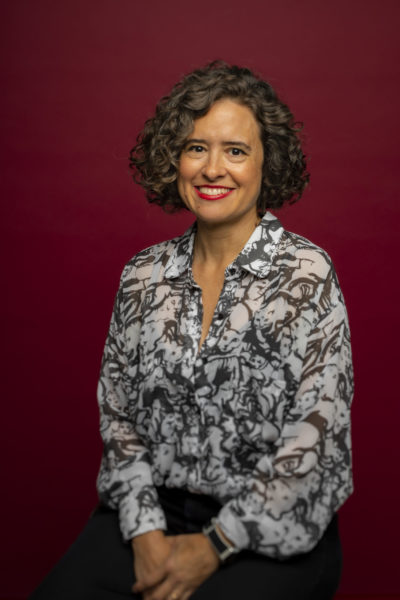
Just 18.8% of newsroom managers are people of color among the organizations that responded to the American Society of News Editors’ 2019 Diversity Survey, while 40.5% are women. (People of color make up about 40% of the U.S. population, and women make up about 51%.) People of color made up 21.9% of all salaried employees at the responding organizations, while 41.8% of employees were women. The levels at newsrooms nationwide are likely lower, because these numbers reflect only the 22.8% of organizations that responded to the survey.
A full reckoning on equity must also take into account the extra, unpaid labor journalists of color are often asked to perform, such as translation, cultural explanation, sensitivity reading, and correcting their white colleagues’ mistakes, as well as the way that resources are distributed. “It’s about who in the newsroom is getting their ideas supported, who is getting resources, who is getting a travel budget, who is getting their calendar cleared so they can work on the big stories,” says Los Angeles Times culture reporter Carolina A. Miranda.
Many journalists see the fight for pay equity as essential for the credibility of their work: How can they hold other institutions to account when their own houses are not in order?
Pay inequity is not limited to journalism. Across most industries in the U.S., people of color generally earn less than white people, and women less than men. Wage gaps — the difference between the average hourly wage paid to two groups — are widest for women of color. According to calculations by the National Women’s Law Center based on U.S. census data, women overall are typically paid 82 cents for every dollar paid to white men. But that drops to 62 cents for Black women, 57 cents for Native women, and 54 cents for Latina women.
Asian women on average make 90 cents for every dollar a white man makes, but the gap is much higher for some subgroups of Asian women. The overall wage gap between Black and white workers has grown since 2000.
Wage gaps can reflect multiple factors, including education, and an underrepresentation of one group in high-paying jobs and vice versa. But research suggests part of the gender and race wage gaps in the U.S. results from unequal pay for equal work. While pay discrimination on the basis of sex and race is illegal, it persists.
Workers can’t fight pay disparities if they don’t know they exist, and companies rarely admit to them because of legal liability. But union contracts allow them to request salary data for union-eligible employees. That, along with the leverage unions have to push for solutions, makes them key to the fight for pay equity.
The refusal of many media companies to address the pay problem head-on has contributed to the current crisis in newsrooms
Jon Schleuss, president of The NewsGuild, a sector of the Communications Workers of America, says pay equity has become “a huge issue” with the thousands of media workers the union represents at about 180 news outlets. “We see it in a lot of the organizing conversations that we have with people who are joining our union,” he says. In the past four years, dozens of NewsGuild unions, mostly in larger newsrooms, have conducted pay studies, says Schleuss.
The Los Angeles Times is an example of the pivotal role unions can play in the struggle for pay equity — and their limits. The union’s 2018 pay analysis showed that women and people of color among Guild-eligible employees earned less than white men. Women of color, who had the largest pay gap, earned on average less than 70 cents for every dollar earned by a white man. Some of the gap could be attributed to the fact that many of the paper’s most senior journalists were white men, while many of the women and people of color on staff were younger, and in more junior positions — a problem in itself.
But the study also found gaps even when comparing women and people of color to white male colleagues in the same jobs and age group. The gap between median salaries of white reporters and reporters of color between the ages of 21 and 30 was nearly $7,000, and for reporters ages 41-50 it was $14,322. The gap between male and female reporters ages 31-40 was nearly $5,000, and in reporters above the age of 61 it was $10,669.
Despite the hurt and anger many in the newsroom felt when they saw the data, there was also relief that the disparity was finally proven, says Miranda, the culture reporter. The union’s bargaining team negotiated wage scales and pay minimums into their first contract, after the sale of the paper to Los Angeles billionaire Dr. Patrick Soon-Shiong. That raised the salaries of many underpaid employees — some by up to 60%, says Anthony Pesce, who was a data journalist at the paper and the union chair before taking a job at The Washington Post in June. The Guild also negotiated contract language that allows it to enforce California’s robust equal-pay law, says Pesce. If members lodge a grievance, they are entitled to the civil remedies they would normally be eligible for through the courts.
Matt Pearce, a Times national reporter and president of the Media Guild of the West, which represents Times employees, says pay disparities will likely remain a problem as long as there are no pay ceilings and managers can choose to pay some employees more than the minimum.
A Black Times journalist who asked not to be named received a $12,000 raise under the new contract, but some colleagues at the same level make more. The journalist was hired through Metpro, a training program for journalists of color that is a source of pay inequity at the Times because journalists hired from the program start at rock-bottom salaries. “So there’s still that feeling that I won’t be able to catch up to some people, which is kind of disappointing,” says the journalist.
The Guild contract raised Metpro pay rates, and the pay minimums it established for the newsroom mean the paper can no longer hire journalists from the program at salaries below that. A Times spokesperson said the paper is settling a proposed class-action lawsuit filed by six Times journalists claiming pay discrimination, which described Metpro as “a source of cheap labor to depress the salaries of women and minority journalists.”
In open letters in June and July to Soon-Shiong, the Guild’s Black Caucus and Latino Caucus not only asked him to fix pay disparities but to hire enough Black and Latino journalists to reflect the population of the city they cover, along with other requests. While Los Angeles is nearly half Latino and about 9% Black, just 13% of Times journalists are Latino and 5% are Black. The Latino Caucus also called on the Times to stop “relying on Spanish speakers and other multilingual journalists as translators without providing a byline or additional pay.”
In a response to the Black Caucus promising to address many of the issues they raised, Soon-Shiong said the Times would review compensation annually “to ensure all employees are paid equitably. Pay disparities on the basis of race are unacceptable.”
At The Philadelphia Inquirer, pay disparities remain despite the paper giving raises since 2016 to underpaid individuals identified in the union’s annual analysis of pay data. What jumped out as the biggest disparity in the 2016 study was a gap of $10,000 to $15,000 between men and women among new hires with five or fewer years of experience, says Bill Ross, executive director of the NewsGuild of Greater Philadelphia, which represents Inquirer employees. He says the gender pay gap among new hires has been closed and some other gaps have been narrowed.
Employees say the paper has not gone far enough to address disparities for journalists of color, and the lack of transparency left many employees frustrated. Two female journalists who asked not to be identified say they received raises they later realized were meant to correct disparities. But their managers did not say so when awarding the raises, and the women say they do not know whether they are paid equally to their white male peers now.
Now the company has hired human resources consulting firm Mercer “to conduct a statistically sound pay equity analysis and to help determine how to best address any issues that exist,” says Timothy N. Spreitzer, a public relations consultant acting as a spokesman for the paper. That is one of the actions requested by journalists of color at the paper, who in June sent a letter to management laying out five steps the paper should take to create a more equitable newsroom.
Jonathan Lai, an Inquirer data reporter, says it’s important the study be conducted by a neutral third party and that its methodology and findings are released to staff. “While I think guilds have done really important work in holding companies to account to try to address some of these pay disparities, they’re somewhat limited in how far they can go,” he says. “In order to really identify the systemic ways that the pay disparities arise, and to really be able to address them moving forward, the companies that can actually get the holistic picture have to do that work.”
Many journalists see the fight for pay equity as essential for the credibility of their work
The union’s most recent report, completed in July, says that average salaries for people of color are lower than average salaries of white people when comparing employees with similar jobs or years of experience, but it does not include those numbers. According to the report, of 24 people who received merit raises since March 2019, just three were people of color, and just six of 14 new hires at the paper in the same time frame were people of color.
“The Guild has done tremendous work in closing some of the gaps. But minorities are still drastically lagging behind white reporters. That’s the reality,” says Melanie Burney, an Inquirer education reporter who says she is one of those underpaid and filed a grievance through the union. A spokesperson for the paper declined to comment on her case.
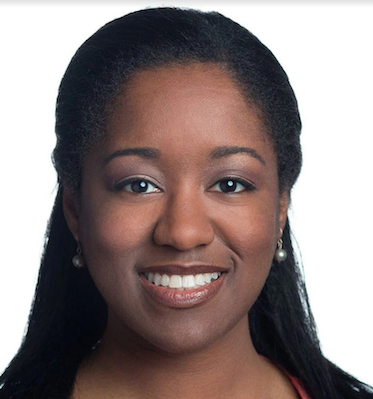
In an email to staff promising to do more to ensure diversity and equity, publisher Lisa Hughes wrote, “We must continue to review our hiring and compensation practices, and work to build an organization that reflects the demographics of the city it serves.” Just a quarter of the journalists at the Inquirer are people of color, compared to nearly two thirds of Philadelphia.
Bond, the real estate reporter at the Inquirer, noted that diversity strategies must include retention. “We need to make sure we pay people equitably and make sure we retain our journalists and especially journalists of color,” she says. “It’s on the company to figure out how to keep their talent. I think a pay analysis will go a long way to show that the company is committed to knowing where there are inequities, and hopefully the company is committed to fixing them.”
At BuzzFeed News, the union, part of NewsGuild of New York, which has represented employees since 2019, negotiated partial furloughs to avoid job cuts in the face of the pandemic and the economic slowdown.
When BuzzFeed faced an internal uprising on pay equity in 2016, it conducted a pay study which determined the company did have pay gaps. It “leveled” jobs across the company, including the news division, standardizing positions and creating levels based on job title, experience, and skills, with a salary band for each level. Many employees, including many women of color, received significant raises, some up to 50%.
But BuzzFeed won’t release pay data, meaning employees have to take CEO Jonah Peretti’s word that, according to his annual diversity update in 2019, gender pay equity is within 2% at “all of our major divisions,” and the gap between white employees and employees of color is within 1%.
The employee furor over pay inequities began with hushed conversations around the office or over after-work drinks that revealed stunning disparities. In March of 2016, Jessica Testa, who was a BuzzFeed News reporter at the time, and another Buzzfeed News employee invited about 20 women from the newsroom to Testa’s apartment to discuss the situation. At one point, they went around the room and each woman shared her salary.
“It was really powerful,” says Testa, who now works for The New York Times. “Even though this was a private scenario, we were making it a little more public than these one-on-one conversations.”
Three people at BuzzFeed News who discussed salaries with colleagues after the leveling said inconsistencies remained, and that without transparency, they aren’t sure that BuzzFeed’s claim of pay equity is correct. And when BuzzFeed News unionized in 2019 weeks after the company laid off 15 percent of its workforce, members said “unfair pay disparities” were among its grievances. In July, after former BuzzFeed employees tweeted [in June] critically about their experiences at the company as people of color, and staffers raised the issue internally, Peretti said in an email to staff that BuzzFeed was working with an outside company called Grey Scalable on a pay equity review and would publish an equity and diversity report in September, and annually thereafter. “We will make any necessary adjustments to increase compensation as a result of this analysis by September,” ahead of when the company will start the annual performance review and merit raise process.
A company spokesperson said BuzzFeed will share with employees a summary of the report’s findings, but not the entire report, for confidentiality reasons. She added that in recent months BuzzFeed News made pay adjustments for some international journalists after changing the way it conducts market analysis to compare their salaries to those of global media outlets, instead of comparing them to local media in the countries in which they are based.
Rachel Sanders, who was the BuzzFeed News union unit chief until July when she left the company for a job with the NewsGuild of New York, welcomes the company’s decision to conduct an outside study on pay equity. “I think the hope is that they continue to look at it all the time, and not just when they’re in trouble for it,” she says. The union still plans to conduct its own pay study, she adds.
When The Washington Post Guild conducted a pay study last year, members didn’t want to just illuminate the problem — they wanted to be part of the solution. So their study included recommendations for ways the Post could correct the disparities they found and prevent new gaps from arising. But the paper’s leadership insists there are no disparities to address and has not implemented most of the Guild’s recommendations.
The Guild’s analysis of pay for Guild-eligible employees, led by Pulitzer-winning data journalist Steven Rich, found that overall, women are paid less than men, and people of color are paid less than white people. It showed a 35 percent gap between white men and women of color in the newsroom overall.
Some of the gap appears to be a result of the fact that white men are overrepresented in the top ranks of the newsroom, while the under-40 age cohort is the most diverse. But even when controlling for age, the study showed that people of color are paid less than white people, with women of color experiencing the worst disparities. White men in the newsroom are paid an average of 7.27% above the median for their age group, according to the report, and women of color are paid an average of 3.26% lower than the median for their age group.
It also showed discrepancies in merit raises and in performance reviews, which are the basis for most merit raises — highlighting one of the ways that bias perpetuates disparities. Men receive a higher percentage of merit raises, despite making up a smaller proportion of the newsroom, and those who score the highest on performance reviews are overwhelmingly white.
And it found that pay disparities exist largely among journalists younger than 40 — which is also the most diverse age group. Alice Li, a video reporter at the Post and co-chair of the Guild’s equity and diversity committee, says that highlights how equity affects retention. “When people who are being undervalued are young women and young women of color, it becomes really problematic because you can't keep those diverse voices within your news organization,” she says. “And our work is so much better when we retain those voices and really have those diverse perspectives included in our coverage, and in the conversations that we have about what we choose to cover.”
In the interest of transparency, the union published the study, including all the code used to analyze the data. Rich, who spent about four months working on the study, says he frequently advises journalists from other organizations on how to tweak the code for their own use.
Katie Mettler, a Post reporter and the Guild co-chair, says one of the most important solutions is “changing how the company pays people when they walk in the door.” To that end, the Guild recommended the simple step of removing questions on salary history and desired salary from job applications. Such questions are shown to perpetuate pay gaps, and many states and cities have banned them. The union also recommended allowing managers to know how much their direct reports make so they can be aware of pay disparities.
The Washington Posts Guild’s pay analysis found that pay disparities exist largely among journalists younger than 40, which is also the most diverse age group
Other recommendations include strengthening the Post’s salary review process, which helps employees understand how much they are paid in relation to their peers; reviewing the Post’s internship program; improving diversity at the company; and hiring a third party to conduct an annual pay study and share results with employees. And in a June letter signed by more than 500 staffers outlining 11 steps they want management to take to address discrimination and inequality at the paper, employees asked the company to set aside a pool of funds to correct pay disparities for women, people of color, and other underrepresented groups.
But the Post does not accept that those disparities exist. “We believe the Guild’s 2019 analysis and methodology were flawed and unreliable, and that the study they released is misleading to Post employees,” Post spokeswoman Kristine Coratti Kelly wrote in an email. “The Guild’s analysis did not appropriately control for factors like job title and job performance, and the Guild failed to simultaneously control for all relevant variables when assessing Post salaries, an issue that is clear from their report.”
Kelly says the Post takes issues of pay equity “very seriously” and believes it pays employees fairly. “We also have a robust process in place for reviewing employee salaries in the event that individual employees raise concerns.”
Rich says the study did not control for job titles because they are “an unreliable variable” because of how unspecific they are at the Post, and noted the study found that performance evaluations appear to be skewed. The response from management was “similar to the pushback I get on investigative pieces,” he says — critical without offering evidence that the study was wrong.
The changes announced by Post publisher and CEO Fred Ryan in June included some the Guild sought, including adding a managing editor and a human resources director focused on diversity and inclusion, an annual diversity report, and bias training. But none were specifically focused on pay equity.
It is not lost on employees that the Post can afford to address pay disparities. While many news organizations are laying off employees or cutting pay, the Post recently handed out a $1,000 bonus to each employee to show appreciation for their work during the pandemic. In the end, Mettler says, ending pay disparities would be worth the investment. “The company should take it seriously, and they should take us seriously because … at the end of the day, we have the same goals, which is to make The Washington Post the best news organization in the country,” she says. “And we do that by creating systems that ensure fairness and equality.”
